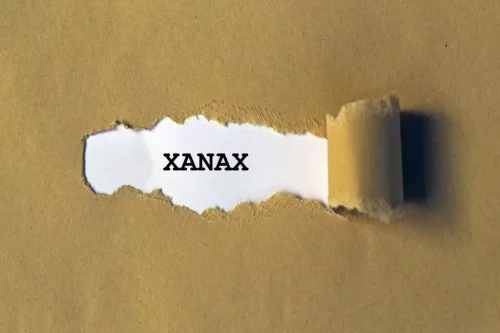
Clear vision is essential for drivers, but excessive alcohol consumption can impair visual acuity. Drinking can cause blurred vision and, in some cases, uncontrolled eye movements. Vision impairment affects the ability to judge distances between vehicles on the road. Alcohol abuse can lead to a loss of peripheral vision, which is crucial for safe driving. The greater the alcohol consumption, the more likely it is for vision to be impaired.
Driving performance
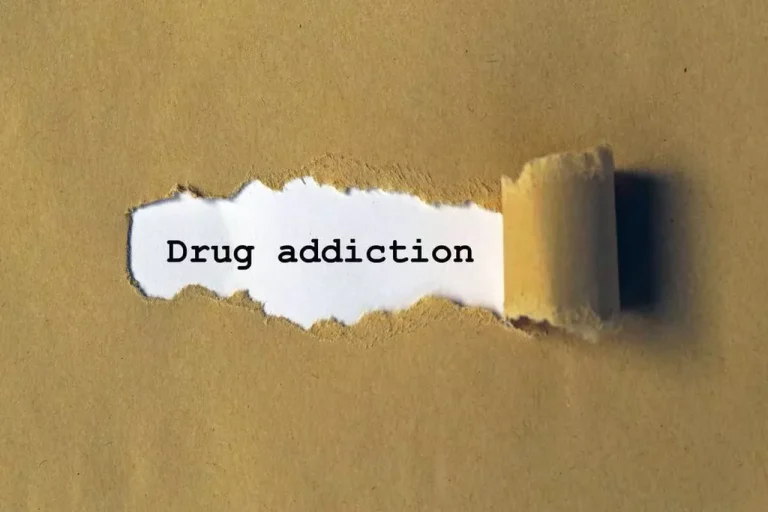
In addition, the practice Sobriety of mixing alcohol and caffeine, while effectively banned at the point of production at least for malt beverages (Babor et al., 2017), continues to be common, particularly among young binge drinkers (CDC, 2017a). Findings from a review of randomized controlled studies suggest that although energy drink consumption may deter small declines in cognitive function that result from alcohol consumption, such counteracting effects are not observed when driving (Babor et al., 2018; Lalanne et al., 2017). In addition, evidence suggests that consumption of drinks combining alcohol and energy drinks hinders a person’s ability to estimate their level of impairment (Forward et al., 2017). Modern-day driving simulators provide an opportunity to investigate alcohol-related deficits in driving performance within a controlled and relatively realistic environment. A reduction in these abilities may ultimately result in an increased likelihood of collision.
Consequences of Drinking and Driving
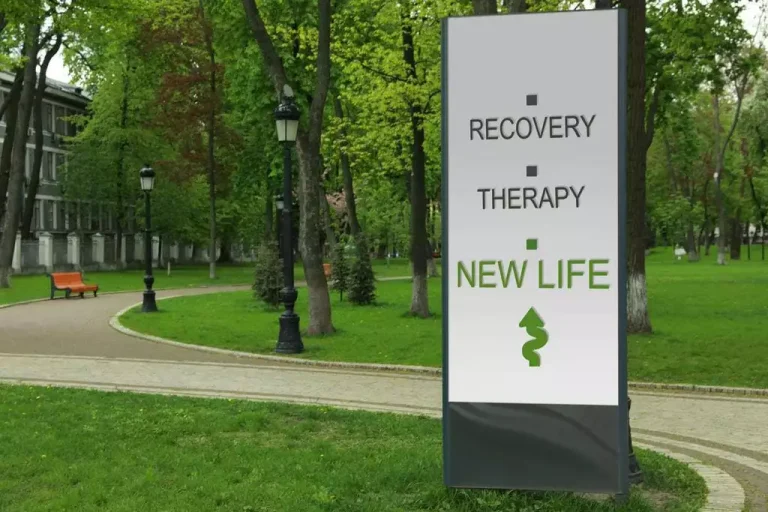
Road traffic collisions (RTCs) cause more than 3700 fatalities globally per day, with up to 35% being alcohol-related (World Health Organization et al. 2018). Alcohol intoxication manifests in brain areas responsible for higher level functioning (Ogden and Moskowitz 2004) and consequently impairs several aspects of cognition required for safe driving (Breitmeier et al. 2007; Jongen et al. 2014). Despite this, many jurisdictions permit fully licensed drivers to operate a vehicle while under the influence of alcohol, with most enforcing legal BAC limits of 0.05% (e.g. Australia and New Zealand) or 0.08% (e.g. England and most states within the USA). While significant progress has been made towards strengthening existing legislation that penalizes driving under the influence of alcohol, drink-drivers remain over-represented in road trauma cases (World Health Organization 2018).
How much alcohol is too much?
A standard drink in Australia is 10 grams of pure alcohol, while in the United States it is 14 grams. Jennifer Chesak is a freelance medical journalist, editor, and fact-checker with more than two decades of experience and bylines in several national publications. Based on this, people tend to think the “one drink per hour rule” is safe.
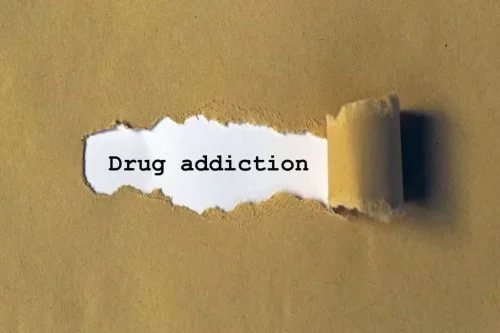
Penalties for aggravated DUI can include longer prison sentences (up to 15 years or more), bigger fines, and required alcohol education or treatment programs. Vehicular manslaughter (or vehicular homicide) is the charge for killing someone while driving under the influence. If a driver causes a fatal crash due to intoxication, they may face felony charges. These charges can result in long prison sentences, very large fines and permanently losing a driver’s license. Many states require offenders to install ignition interlock devices at the driver’s own expense.
- Talking and texting on cell phones are not only a distraction as manual tasks but also a cognitive distraction, and the combination of cognitive distraction with alcohol impairment increases the already heightened crash risk of either impairment alone.
- In addition to state-by-state variation in individual alcohol, driving, and alcohol-impaired driving policies, states’ overall policy environments are also an important consideration for reducing alcohol-impaired driving fatalities.
- There are also mutual support groups like Alcoholics Anonymous that can help those suffering from alcohol use disorder (AUD) and those who have multiple DUIs stay sober.
- However, among all alcohol-impaired driving fatalities in 2014, 52 percent occurred in rural areas and 47 percent occurred in urban areas.
- It specifically focused on alcohol doses equal to commonly enforced legal BAC limits (i.e. 0.05% and 0.08%).
- The FCRT task (Tiplady et al. 2001) consisted of 80 trials and was completed on a touchpad device displaying a two-by-two stimulus array of four circles corresponding to a two-by-two response array of four squares.
20 BAC
Funding for federal programs aimed at reducing alcohol-related harm, particularly to minors, has significantly dwindled in recent years. The U.S. Department of Justice’s Enforcing Underage Drinking Laws program is the sole federal initiative that exclusively addresses underage drinking and availability of alcohol to minors (DOJ, 2009). The program has provided funding https://ecosoberhouse.com/sober-house-boston/ in the form of block grants and discretionary awards as well as training and technical assistance to states to support local law enforcement agencies and community organizations in their efforts to decrease availability of alcohol to minors (DOJ, 2009).
Drunk Driving And Addiction Treatment
Although one outcome measure (overall mean) is often presented for the entire 100-km drive, a typical characteristic of the 100-km driving test is a vigilance decrement. Specifically, SDLP values increase over the duration of the driving task (Verster and Roth 2013, 2011). As such, SDLP calculated for shorter successive segments can illustrate this performance decrement, in addition to overall SDLP.
Can drinking raise my blood pressure?
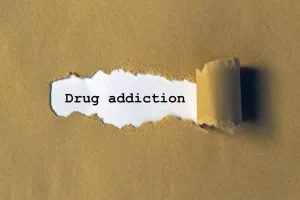
There may be additional money asked for to punish the driver for reckless behavior and discourage future incidents. There is no universally safe number of drinks one can have before driving. Every person is different in terms of how they process alcohol based on biological sex, weight, food intake, level of tolerance to alcohol and other factors. If you drive while impaired, you could get arrested, or worse — be involved in a traffic crash that causes serious injury or death. The findings counter the long-held belief that the pleasure people experience when drinking alcohol decreases with addiction and that drinking to intoxication is mainly to reduce negative feelings as a form of self-medication. The safest way to know for sure that you are under the legal drinking limit is to not drive if you drink.
- Here’s what you need to know about the new drink driving laws in Victoria.
- A Northern California focus group found that an average glass of wine and an average mixed drink served at a bar had 43 and 42 percent, respectively, more alcohol than a standard drink (Kerr et al., 2008).
- This is consistent with other research findings, which suggest that almost half of people arrested for alcohol-impaired driving are coming from a licensed establishment (Fell et al., 2010; Gallup, 2000; O’Donnell, 1985).
- Moreover, recent data reveal an increase in overall traffic fatalities from 2014 to 2016, including a rise in fatalities caused by alcohol-impaired driving crashes.
Even after these punishments have been dealt with, having a DUI on your permanent record will continue to affect your life consequences of drinking and driving for years to come. In a small study that interviewed 72 young adults across Montana about reasons for drinking and driving, participants cite a lack of transportation options (9). Some say even asking someone else for a ride or using the designated driver method could be considered unreasonable because people often live far from each other. Driving under the influence (DUI) refers to being under the influence of any substance (including alcohol) and then operating a motor vehicle. Often called “drunk driving” interchangeably, it refers to operating any vehicle (including bicycles, motorcycles, golf carts, etc.) while impaired.

